As we approach the peak shipping season, the logistics industry faces a complex mix of economic uncertainty and shifting trade policies. For truck drivers, fleet owners, and logistics professionals, understanding these dynamics is crucial for navigating the months ahead.
🚛 Economic Overview: A Mixed Outlook
The U.S. transportation and logistics sector is projected to grow by 2.7% in 2025, buoyed by strong consumer spending and increased business investments. However, this optimistic forecast is tempered by the potential negative impacts of new tariffs and retaliatory trade measures, which could disrupt supply chains and dampen growth.
📉 Tariffs and Trade Tensions: Disrupting the Flow
Recent policy changes have introduced significant challenges:
End of De Minimis Exemption: As of May 2, 2025, the U.S. has eliminated the duty-free exemption for low-value imports from China, increasing e-commerce shipping costs.
New Tariffs on Key Trading Partners: A 25% tariff on goods from countries purchasing Venezuelan oil has been imposed, affecting a broad range of imports.
Threatened Tariffs on EU Goods: A proposed 50% tariff on EU imports has led to shipping cancellations and heightened uncertainty.
These measures have led to a significant decline in container shipments, particularly from China, with cancellations approaching 50%, decreased port activity, and potential layoffs in logistics.
🚢 Supply Chain Adjustments: Seeking Alternatives
In response to these disruptions, companies are exploring various strategies:
Diversifying Sourcing: Shifting production to countries like Vietnam and India to avoid high tariffs.
Alternative Shipping Routes: Utilizing ports in Southeast Asia and Latin America to access U.S. markets.
Increased Use of Air Freight: Some shippers are switching to air cargo to avoid sea route congestion, despite higher costs.
🚚 Implications for Trucking and Logistics
The ripple effects are being felt across the trucking industry:
Reduced Freight Volumes: Less inbound cargo from ports means less freight to haul across the country.
Operational Challenges: Customs delays and additional inspections are complicating planning and causing longer lead times.
Economic Pressures: Lower volumes and higher shipping costs are squeezing margins for carriers and logistics providers.
🛠 Strategies for Navigating the Turbulence
To stay competitive and resilient, logistics professionals should consider:
Flexible Routing – Develop contingency plans using alternative ports and transportation methods.
Enhanced Communication – Keep customers, partners, and suppliers informed to avoid surprises.
Investment in Technology – Use real-time tracking and supply chain management tools to increase agility, such as DocuTrack GPS or ELD.
Advocacy and Engagement – Stay informed about trade policy changes and participate in industry discussions to protect your interests.
As the logistics landscape continues to evolve, staying agile and informed will be key to navigating the challenges and seizing opportunities in the months ahead.
Sign up with your email address to receive news and updates.


DocuDrive Solutions offers a complete suite of apps and online platforms for the logistics industry. We were founded by truckers with one simple goal: to keep drivers on the road.

3532 Kauai Ct, Lake Havasu City, Arizona 86406, United States

(720) 362-3783
